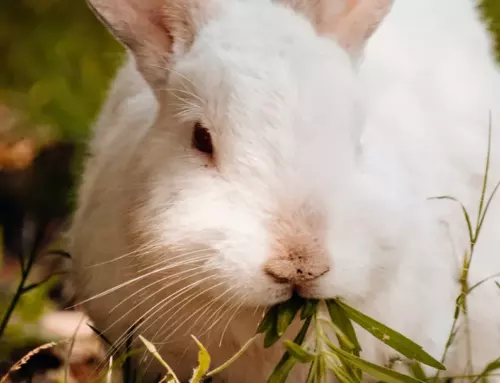There are about 40 different species of rabbits, hares, and pikas, all of which are classified as members of the mammalian order Lagomorpha. Based on fossil evidence, Lagomorpha likely originated in Asia during the Eocene epoch, at least 40 million years ago. Several species of rabbits and hares can be found on every continent except Australia. This widespread distribution may be a result of the break-up of continents during this time period.
The European rabbit (Oryctolagus cuniculus) is the only species of rabbit to have been widely domesticated, and today there are more than 60 recognized breeds of domestic rabbit in Europe and the Americas. It is not related to any other species of rabbit or hare, including the jackrabbits and cottontails native to North America.
Medieval Europe
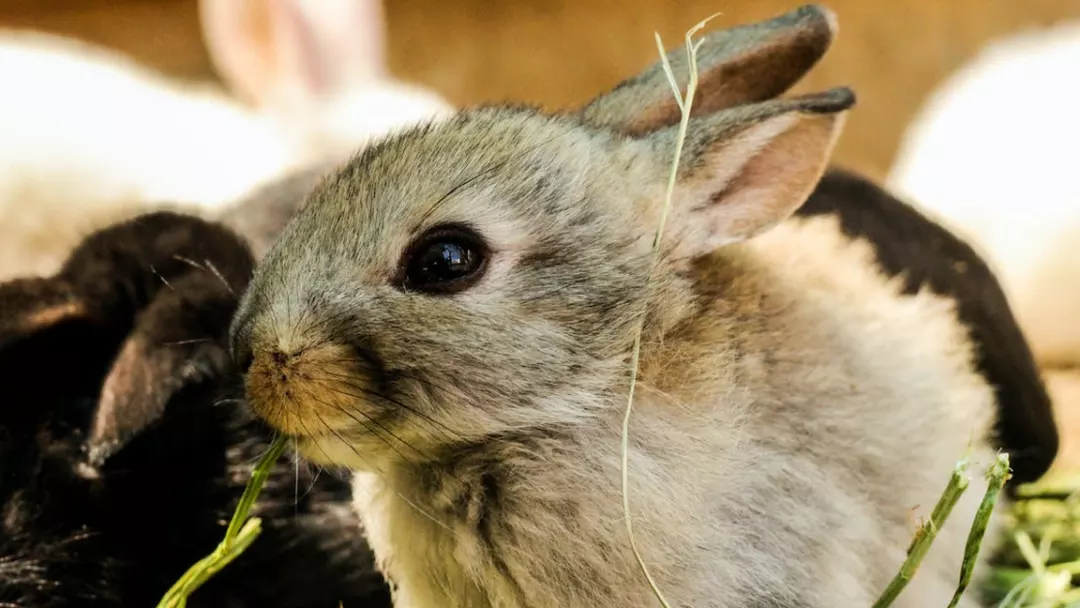
The European wild rabbit evolved some 4,000 years ago on the Iberian Peninsula, the term ‘Hispania’ (Spain) is derived from the moniker given to that area by Phoenician merchants, meaning ‘country of the rabbits’. When settling in Spain around 200 B.C., the Romans domesticated rabbits for their meat and fur. The Romans used this method, which they named “cuniculture,” to raise rabbits within secure areas. Oryctolagus cuniculus, the Latin name for rabbits, literally translates to “hare-like digger of underground tunnels,” thus it’s no surprise that these animals wanted to escape.
Increased international trade and the expansion of the Roman Empire both contributed to the spread of the European rabbit throughout most of the rest of Europe and Asia. Bunnies quickly established enormous numbers in the wild due to their rapid reproductive rate and the increased cultivation of land that provided suitable habitats. As European explorers and colonists discovered and settled in new lands, they brought the European rabbit with them.
The wild rabbit population expanded swiftly in regions where the environment was favorable and there were few predators. The European rabbit quickly became a common sight in places like North America and Australia, where the native rabbit has become a pest for farmers and environmentalists.
Wild Rabbits
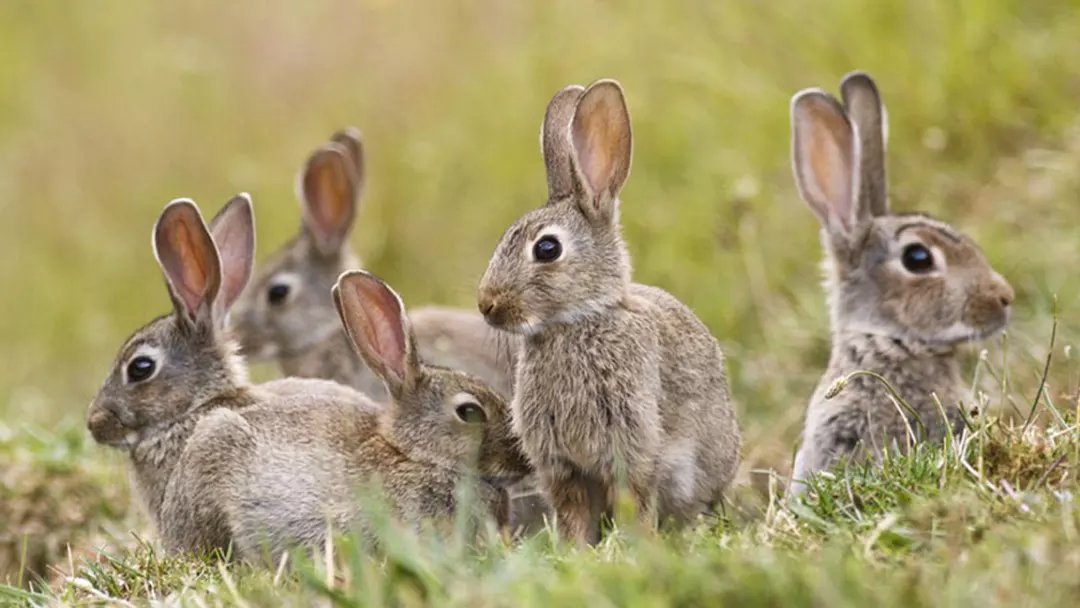
According to legend, monks in France’s Champagne District were the first to domesticate wild bunnies in the 5th century. The monks were probably the first people to keep rabbits in cages for easy access to food and to begin selectively breeding them for characteristics like size and coat color. The 12th century saw the introduction of rabbits to Britain, and by the Middle Ages, rabbits were being bred and farmed across Europe for their meat and fur.
Some women of the Medieval aristocracy reportedly kept rabbits as pets. Many old rabbit breeds may trace their ancestry back several centuries, thanks to selective breeding efforts across Europe that resulted in regionally diverse strains. References in the 16th century suggest that the Flemish Giant was already being pure-bred under the name Ghent Giant, in the Flemish-speaking Ghent area of Belgium; 17th-century sources tell of the arrival of silver rabbits in England and France, brought from India and China by seafarers and influential in the Silver and Champagne de Argente breeds; 18th-century sources describe a variety of rabbit colors and patterns, including white ‘Dutch’ marking By the mid-19th century, a vast range of domestic rabbit breeds, from the miniature Polish rabbit to the massive Flemish Giant, had developed as a result of the widespread practice of selective breeding.
Victorian Era
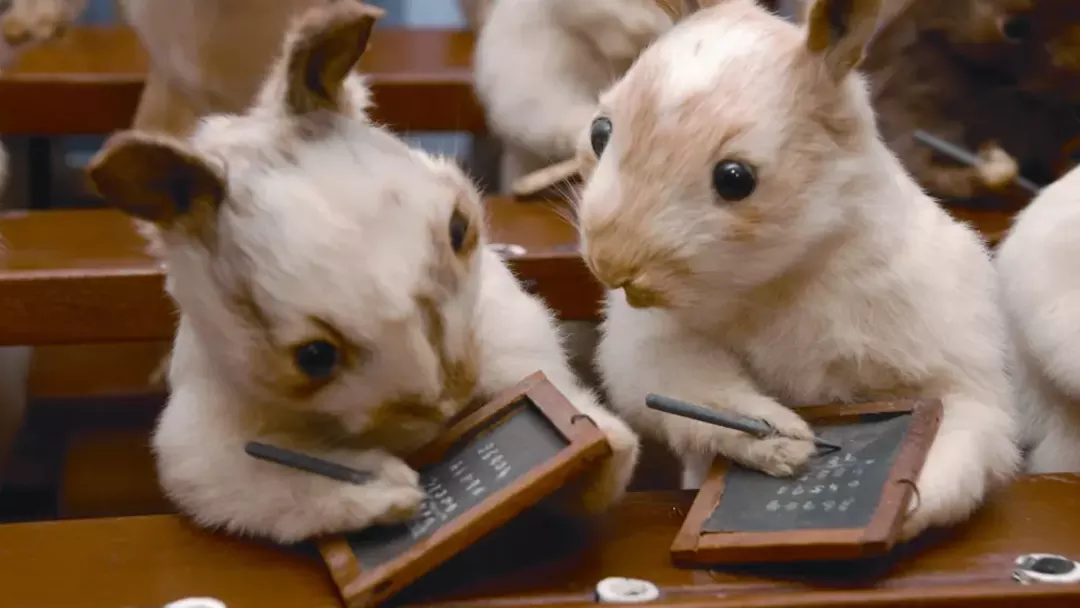
Domestic rabbits were kept for their meat and fur exclusively up until the 19th century, when the Victorian era saw the development of numerous new “fancy” varieties for the hobby of breeding rabbits specifically for displaying. As people moved from the countryside to the growing cities, they often brought rabbits with them because they were the only ‘farm’ animal that could be kept in urban settings outside poultry.
Although a large portion of these rabbits was grown for consumption, rabbits also grew popular as pets among the expanding middle class. They felt a sentimental attachment to rabbits because of their associations with the countryside and the animals they had left behind. Products based on rabbits were advertised as being suitable for children, and this sentimental view of rabbits lives on in the common usage of the word “bunny” to refer to a newborn baby and in the concept that rabbits make good pets for kids. By the 20th century, rabbit fanciers all throughout Europe were actively working to improve the species by creating new breeds and colors.
Natural genetic mutations gave rise to several breeds, such as the Himalayan and the Rex, which were then corrected or improved via selective breeding. Some were created through intentional breeding, especially with rabbits brought to Europe from other parts of the world. There emerged a plethora of breed clubs and associations, and the popularity of certain breeds swung wildly, frequently as a result of shifting consumer tastes in fur and commercial dog breeds.
Even though the European rabbit was brought to the New World by European settlers and has since flourished in the wild, most rabbits in the United States were nevertheless hunted for sport until the late 19th century. Until the turn of the century, when many European breeds began to be imported and American breeders established certain American breeds, domestic rabbitry was not popular in the United States.
Both the British and American governments actively supported the keeping of rabbits by civilians throughout both World Wars so that these countries’ citizens could contribute to the war effort by providing meal and fur. A lot of individuals kept rabbits as pets and garden pets after the wars. Although rabbits have overtaken hamsters as the third most popular pet in the United Kingdom, they are still commonly misunderstood and stereotyped as a “children’s pet,” unlike cats and dogs.
Over the past 30 years or more, there has been a subtle shift in how people view rabbits as pets. Better knowledge about rabbits, from their rudimentary requirements to their intelligence, personality, and behavior, is a direct result of efforts to improve their well-being. More and more people nowadays consider rabbits to be as gratifying a companion or family pet as cats and dogs, and treat them as such. This includes giving them regular immunizations and veterinary care, as well as allowing them more freedom and connection with their owners.
Hare Meat and Witches’ Mischief
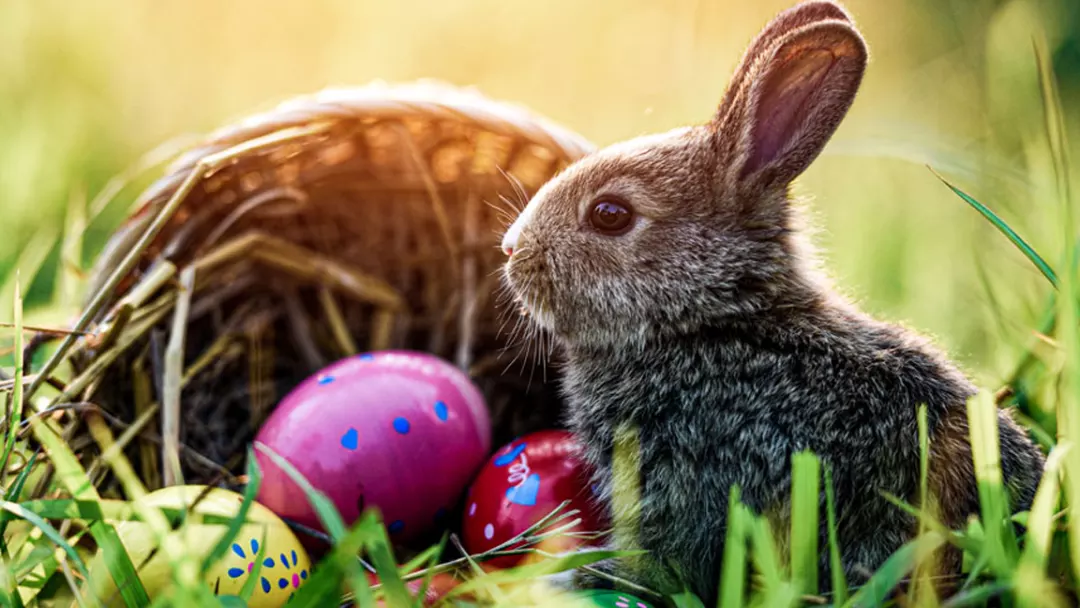
Nonetheless, the figure of the hare has a particularly strong Easter association with the traditional traditions of England and Germany. German youngsters, like their American counterparts, have been going on “Easter egg hunts” for centuries. Back then, the Easter hare would hide eggs in the countryside.
The Easter hare is mentioned in contemporary English writings, namely in reference to the custom of hunting the animal and consuming its meat during Easter. The “Hare Pie Scramble” is a tradition that originated in the English community of Hallaton. They “scrambled” for a piece of a hare meat pie. The local pastor attempted to put an end to the practice in 1790 because of the pagan overtones it had, but he was unsuccessful.
There are a number of old folk customs that include eating a hare during Easter to ward off witches. Many northern European folktales describe how hares were thought to be the shape that witches took when they got up to no good, such stealing milk from the neighbours’ cows. Throughout Medieval Europe, the belief persisted that witches drained the vitality of their victims, leaving them sick and weak.
A widespread European folk concept, seen in a variety of Easter celebrations and ceremonies, is the expulsion of winter witches. The rebirth symbolized by the spring equinox was contrasted metaphorically with the death brought by witchcraft and the cold of winter. This concept is the driving force behind numerous celebrations and rituals, including the German Easter tradition of lighting big outdoor bonfires to ward off witches, known as Osterfeuer. Swedes believe that on Easter Sunday, all the witches take off on their broomsticks and head to the mythical island of Blkulla in the Baltic Sea, where they celebrate the holiday by partying with the devil.
Pagan Origins

Folklorist Jacob Grimm, one half of the Brothers Grimm, proposed in 1835 that the Easter hare was linked to a deity he thought would have been called “Ostara” in ancient German. Named after the Anglo-Saxon goddess Eostre, who was first described by Bede (731 C.E.), an early mediaeval monk widely regarded as the “father” of English history.
According to Bede, the month of April was known as Eosturmonath, or Eostre Month, in eighth-century England. This name was given to it in honour of the goddess Eostre. He stated that the Christian celebration of Christ’s resurrection had absorbed a pagan spring festival originally dedicated to the goddess. German and English have kept this older, non-biblical word: Easter, while most European languages use names derived from the Jewish celebration of Passover, such as Pâques in French or Psk in Sweden.
Famous Pop Culture Rabbits to Commemorate the Year of the Rabbit
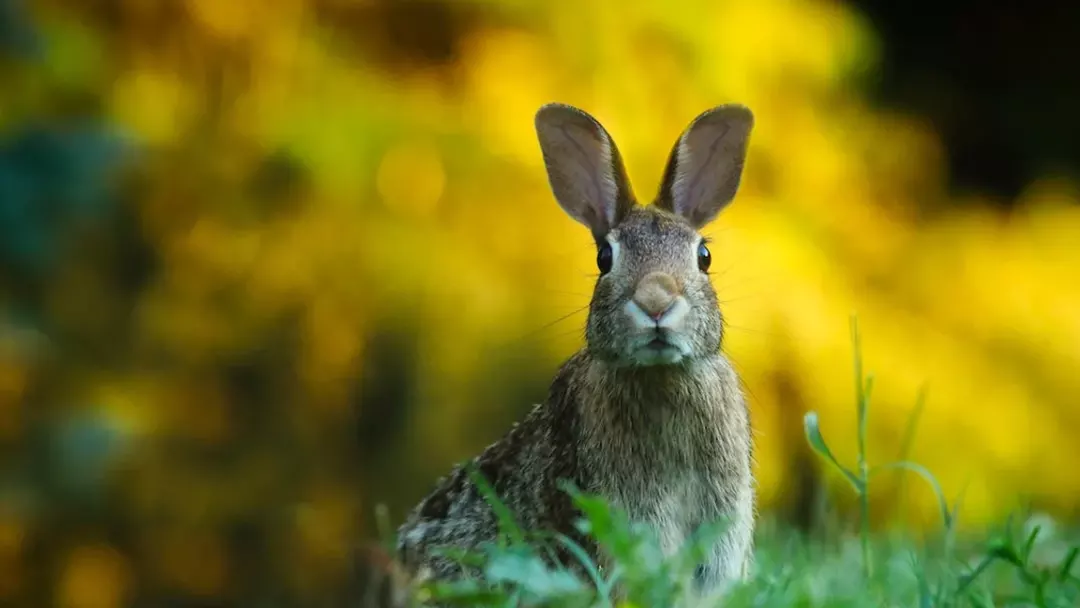
Bugs Bunny

Bugs, Looney Toons’ most famous rabbit, has represented Warner Bros. for nearly a decade. The mischievous wild bunny always outwits his archenemy Daffy Duck and is obsessed with the second bunny on this list. Bugs is a cultural icon and the tenth most represented film personality in the world. Last we looked, he was the only bunny with that honor.
Lola Bunny

With Bugs here, Lola Rabbit should be on this list. Honey Rabbit, Bugs’ explorer relative, first appears in 1953. The character we know now was Bugs’ love interest in the Michael Jordan animation. Bugs falls in love with Lola, a spunky and athletic girl who proves that cartoon characters may be attractive.


